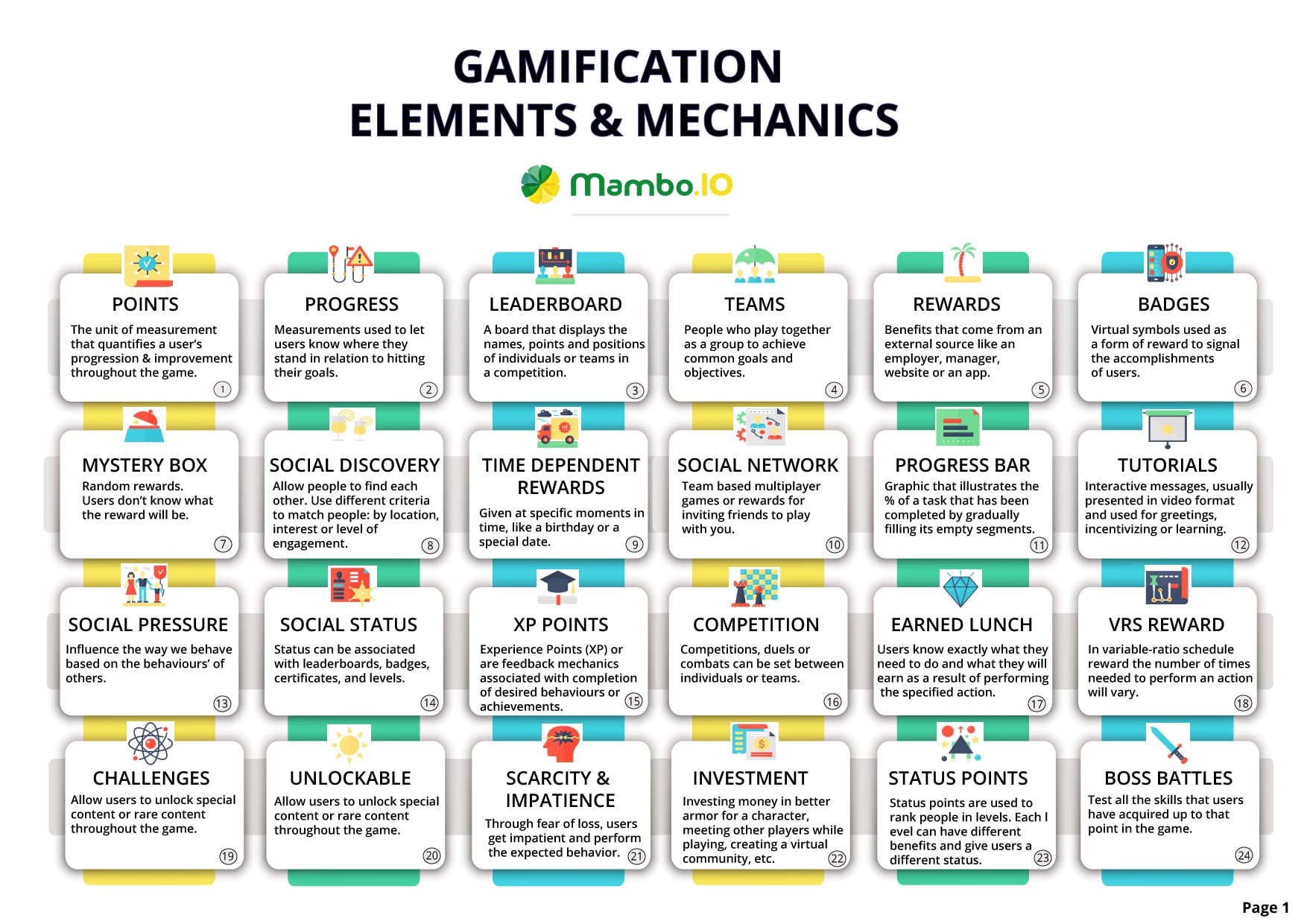How Much Does Gamification Cost? The Buy or Build Decision
Before you roll the dice on your gamification journey, here’s the deal: Your gamification costs must align harmoniously with your business objectives and goals. Sure, the primary objective is to level up engagement, but what if your objectives have more layers than a game of multi-dimensional chess?
Picture yourself as a master chef, whipping up not just one dish but an entire buffet of solutions. You want to spice up online customer engagement, but you’ve also got a hankering to fire up your employees with motivation, especially when it comes to training. It’s like having a kitchen stocked with recipes for all your business cravings.
Now, let’s turn up the heat! In one corner, we’ve got ‘Build It Yourself,’ the culinary wizard of gamification. In the other, ‘Buy It Off the Shelf,’ the microwave maestro of convenience. Get ready for a taste test, as we stir up the pros and cons of each approach. Gamification Costs: To Build or to Buy? Let’s savor the flavors of this decision!”
Table of Contents
- Build or buy gamification software: key differences
- When to build your gamification software?
- What to consider when building your gamification software?
- When to buy your gamification software?
- What to consider when buying your gamification software?
- Gamification software build or buy: pros and cons
- Gamification software build or buy: conclusion
- Machine Learning In Finance: 12 Essential Applications
- How To Create Interactive Compliance Training For Bank Employees
- How Fintech Apps Are Using Gamification To Increase User Engagement
Download your free
“Gamification Guide”
Get your PDF now and start transforming your approach to digital engagement!
Build or buy gamification software: key differences
Overall, there are several pros and cons to weigh when deciding what’s right for your business. Unsurprisingly, some of them go beyond simple cost-effectiveness.
In brief, you’ll want to think about the people on the front lines who will need to deal with your decision in the longer term. What will a built gamification platform do for them versus a purchased one?
Building your own gamification software
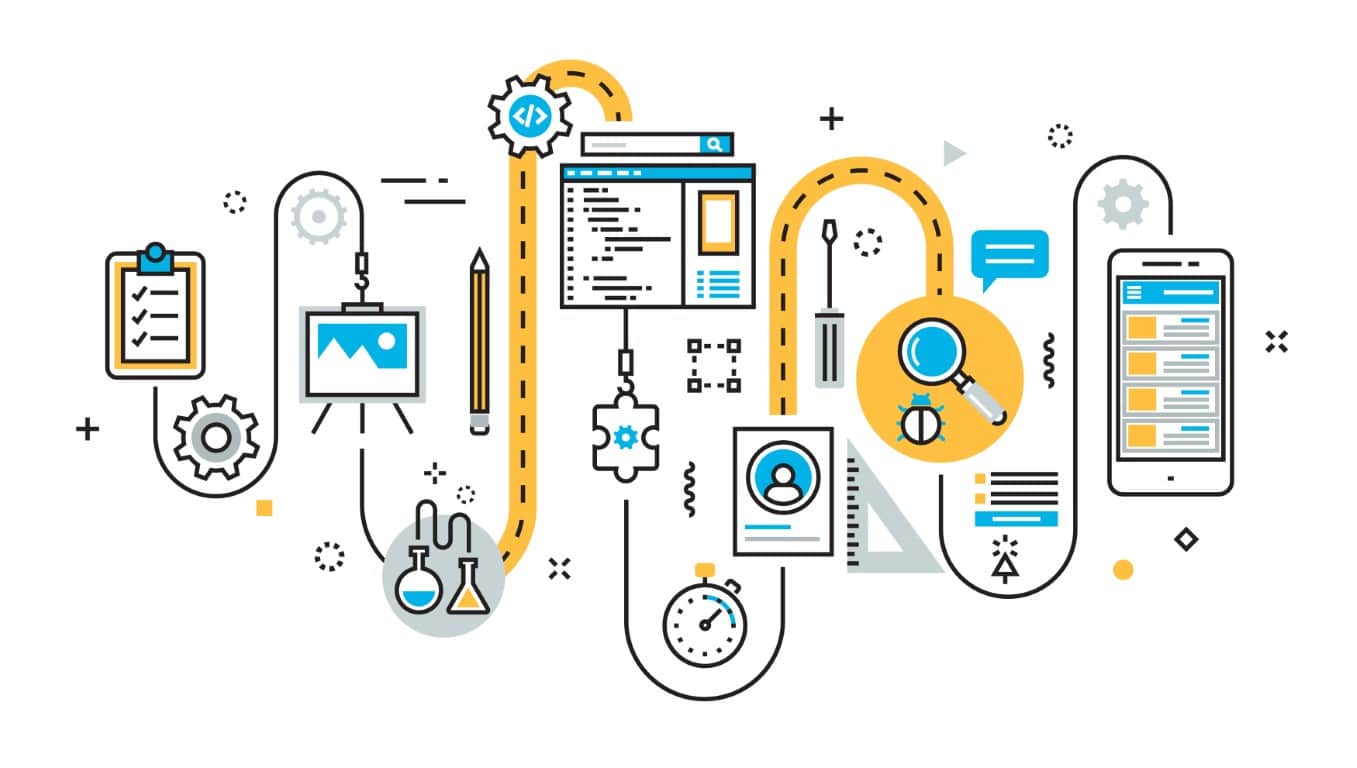
Initially, building gamification software internally can seem like a good choice. First, you get total control over the outcome and the functionality. Next, the internal team is there to keep it in good working order. Plus, they can make updates specific to your business.
In some ways, you may be able to turn the code itself into a competitive advantage as it’s owned internally. Consequently, if your software has value in the market, this would allow you to capitalise on it.
Buying a gamification software
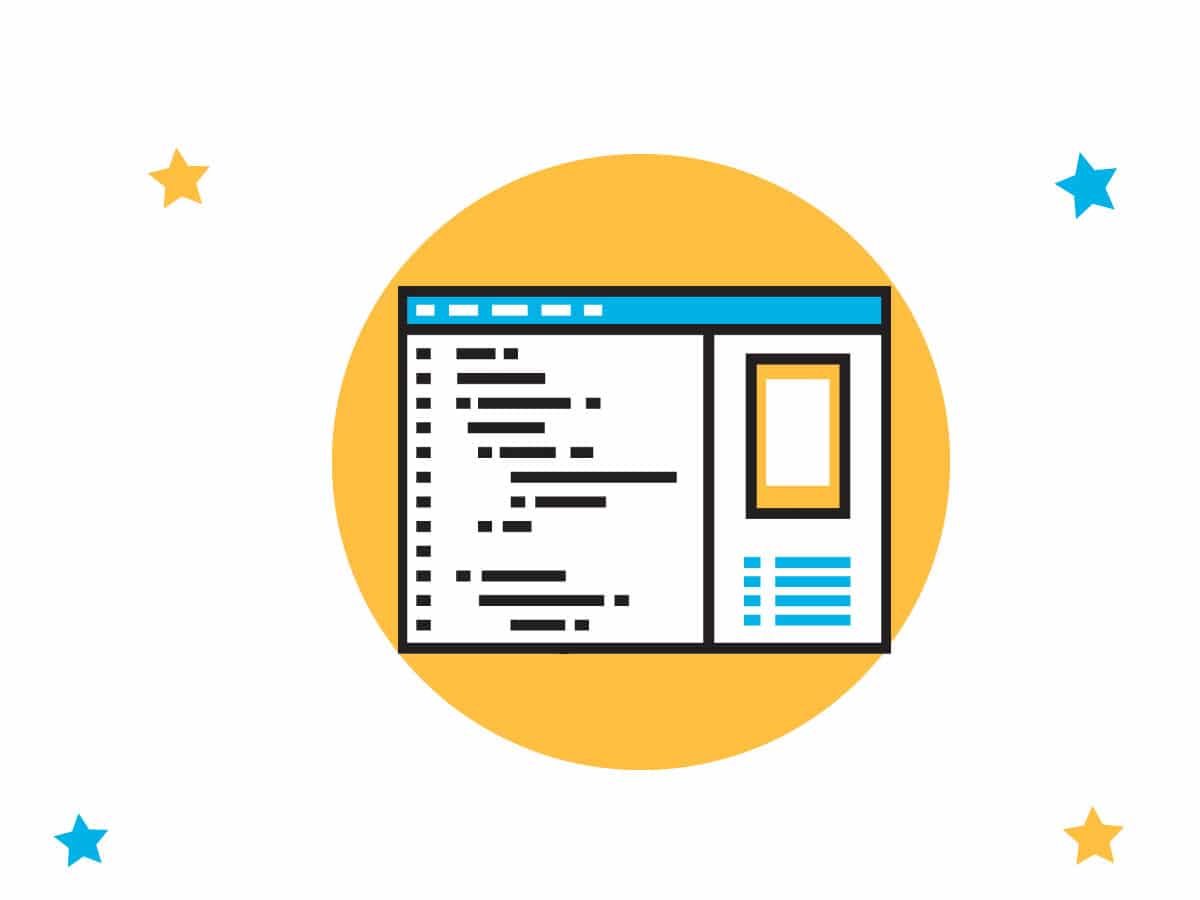
If a direct build isn’t ideal, on-premise deployments are advantageous. In the build or buy debate, it’s somewhat of a middle ground. Overall, it lets organisations simply operate and maintain the code (like a SaaS model) but with on-site hosting.
Generally, it is more secure and robust; suitable for industries with compliance challenges. Plus, it’s deployable for large organisations at a lower cost than a per-licence fee.
Lastly, companies are making increasing levels of investment to enable swathes of SaaS applications. This enables programs (including gamification) to run on their IT infrastructure while being maintained by the provider.
As we see it, this is one of the largest growing markets of the 2020s.
In short, cloud deployments keep costs down. They eliminate the need for a large number of internal IT staff. Thus, deploying pre-created updates is easy and fast when they are needed.
Additionally, it’s rapidly scalable.
So, for many, the cloud is enabling a clear winner in the build or buy debate. In essence, you just can’t compete on cost and time savings with what can be purchased.
Download your free
“108 Gamification Elements and Mechanics”
Get your cheat sheet and have a quick reference at your fingertips!
Here’s why:
When deciding whether to buy a gamification software or develop your own, you need to think about six key points
#1. Resources
⇒ Do you have the right team or can you hire the right team to create and maintain the software?

When making gamification software bespoke, there’s a lot that goes into it from a resource perspective.
Do you have the time, people and computing resources to finish the project without going over budget? If you’ve never undertaken such a project before, you might not correctly estimate how many Java, Apache, UX, UI, Data Science, Data Engineer or IT support team members you’ll need to get it done.
Furthermore, who will look after their day-to-day activities in the meantime? What is the risk of pulling these resources away? In brief, you need to create a gamification platform that serves customers, employees and management insights in real-time. So, how will that impact your team’s workload?
#2. Use cases
⇒ Can you find the right gamification platform for all my business objectives?
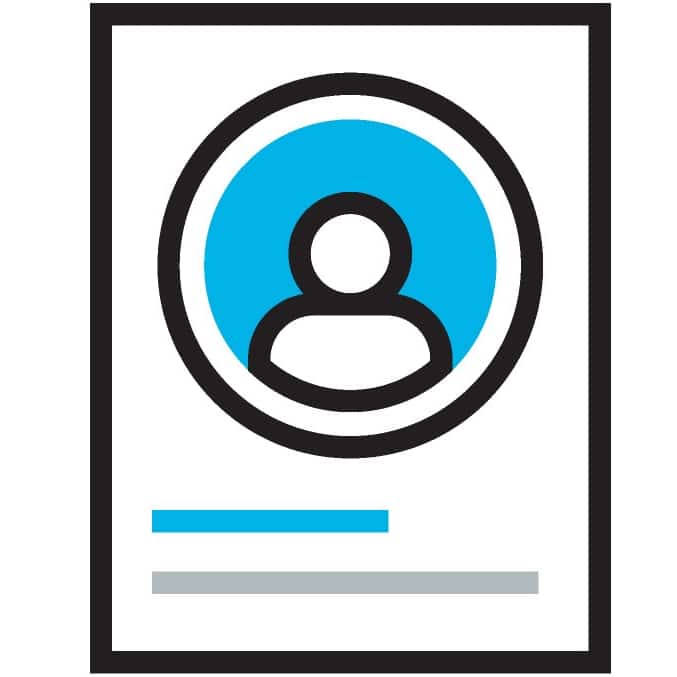
As we mentioned before, you need to know what business objectives your gamification platform is required to solve.
In the first place, you’ll need to understand who will use the platform, who will own it and how it will affect day to day operations. If your platform is serving a single discipline like data collection, you’ll only have a small number of aligned stakeholders.
But if you need it to help with onboarding, performance management, customer engagement and more; now the use cases have expanded. You’ll now need to communicate with a wider range of user types through a UI that they all understand.
Overall, your choice must help you cater to all the types of users you’ll expect for your gamification platform.
#3. Project scope
⇒ What are you trying to solve and how complex is it? Is this problem a common one?

If so, there’s probably commercial software out there that will quickly address these issues. In that case, build or buy is a no-brainer.
But, if you have a unique problem or one that is very complex, then you may need to build.
However, it’s important to consider the challenges of multiple geographies and unique government regulations. GDPR, CCPA and other data protection laws change your requirements.
In many cases, it’s just not feasible to carry the full weight of meeting these standards with a self-built gamification platform. Instead, you might consider if a commercial solution can be adapted to meet your needs.
#4. Readiness
⇒ Is my team ready to accept these changes?

Think again if you think that nothing will change when you adopt a new gamification platform. Whether you build or buy, no matter what you choose, your organisation will need to accept new processes.
Moreover, since many teams work in silos, you’ll need to account for a wide range of different existing approaches. Any gamification platform will need to seamlessly mesh into these processes with as minimal disruption as possible. By all means, it might be easier with an off-the-shelf solution that you can adapt and scale at will.
But, if that’s not possible, you’ll need to go through transformational change processes first. Worryingly, effectively managing change is hard.
According to Stuart Levine, “When change initiatives are terminated midstream or left to languish indefinitely, it makes it more difficult to gain employee interest in later programs. Employees can often list at least a half dozen failed initiatives, or “flavours of the month” programs.”
Surely, that can damage long-term confidence in management. As a result, drawn-out change management initiatives can make your engagement programme ineffective.
#5. Opportunity cost
⇒ Will an internal build take teams away from more impactful business solutions?
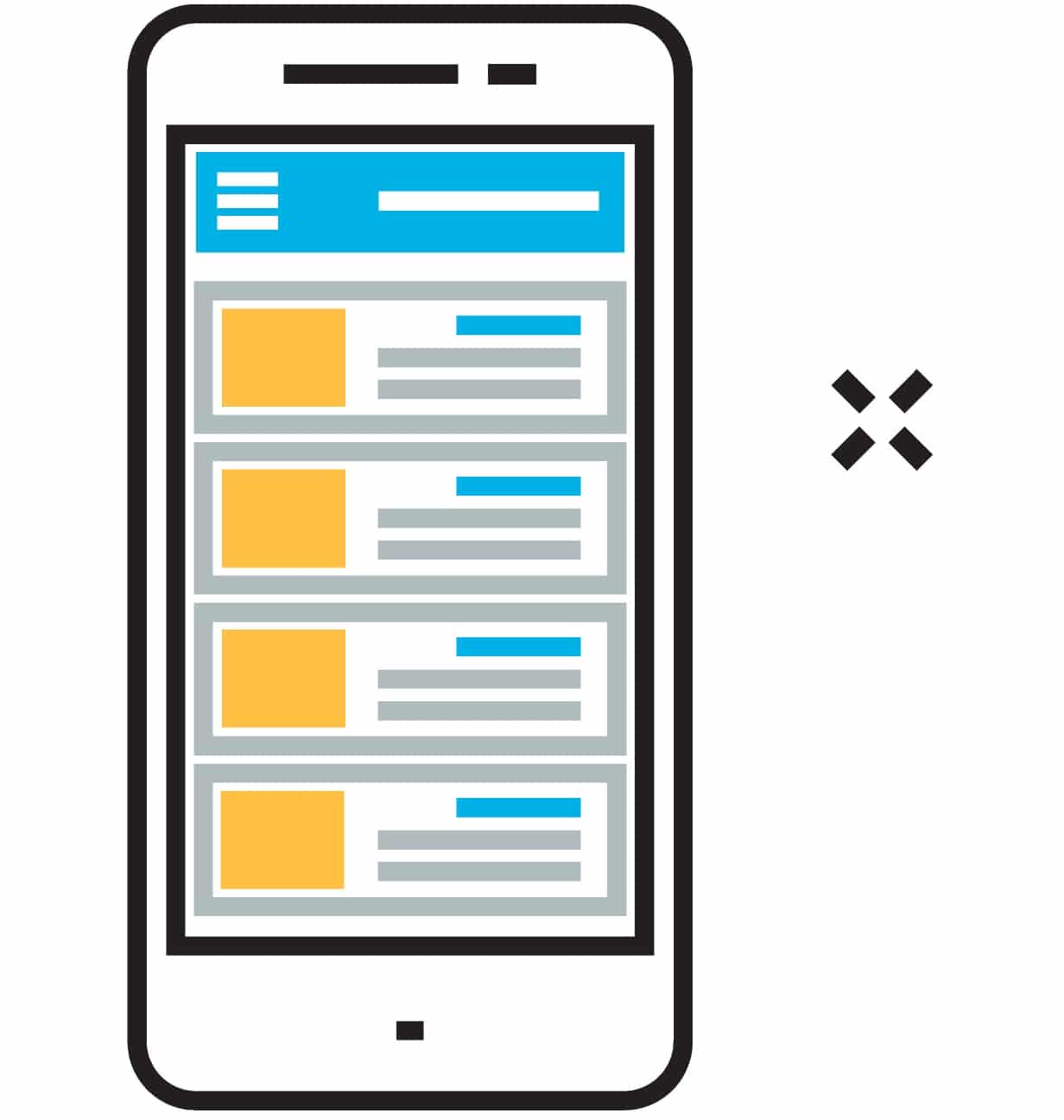
Mainly, are your highly specialised teams better suited to creating profit and reducing costs within their unique business areas?
If so, then it doesn’t make sense to repurpose them for a gamification software build.
Similarly, are there tasks your teams are currently doing that could be offloaded to AI or ML support? Perhaps one that’s designed to achieve these outcomes?
If so, that’s a more efficient use of resources. Unsurprisingly, many off-the-shelf gamification platforms will enable that ‘second brain support’ from day one.
#6. Time-to-value
⇒ Is implementation critical now or can you wait for a SaaS option?
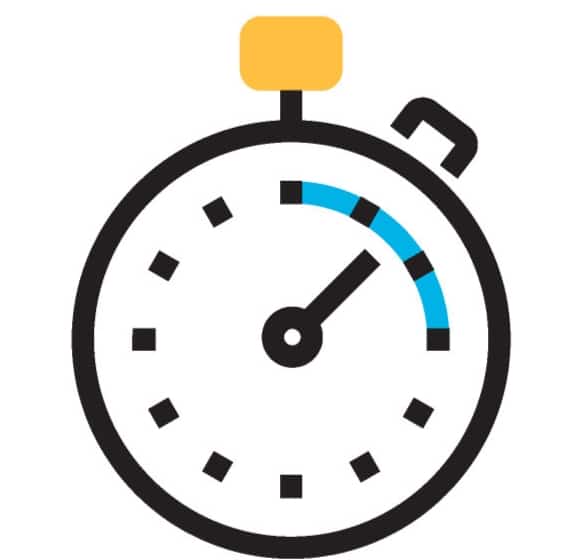
Building gamification software on your own is a long and costly process.
Many times, companies start a project only to be outpaced by specialised gamification providers. This is because they have a vested interest in creating this sort of software. Worse still, once you embark on a build, it’s easy for the scope or requirements to change over time.
As a result, this can be hard for internal teams with limited experience to pull off. In most cases, it’s better to implement a SaaS option that solves some of the problems your company faces now. Essentially, this avoids the issue of waiting for a complete solution that just never comes.
When to build your gamification software?
- Build if you’re supporting one business process across one discipline.
- If there are no commercial options that address all or part of your problem.
- When you have a contained problem that’s not multi-disciplinary.
- If you have an internal team that can build and support the gamification long-term.
- When cost is not an object.
What to consider when building your gamification software?
When you build your gamification platform, it’s unlikely you’ll have all the skill sets needed to execute it within your current internal team.
So, that means you’ll need to get freelancers or contractors in to help you. Across the 4 main skill sets you’ll need; these are the approximate costs:
- Designer: $4K to $8K per month.
- Senior PM: $4K to $10K per month.
- Front End Developers: $5k and $10k per month, each.
- Backend Developers: $12 to $16K per month, each.
The number of developers and their skill mix will depend on what type of gamification you need and what departments are affected. And a skilled Project Manager who can keep your build on track is essential.
Even as baseline estimates, you’re looking at $45K to $60K per month for the first build phase.
Moreover, this doesn’t include the scoping and pre-build work. Nor does it include any QA and follow-on development that is needed to ensure adoption. If you’re looking to build or buy, just know that a single build phase could run you $250k – $500k.
But it will probably go over budget, no matter what you do. So, when you’re scoping for cost, expect the sticker price of an in-house build to inflate significantly.
When to buy your gamification software?
- Buy if you have a critical requirement.
- If commercial software already addresses those requirements.
- Buy if you need this gamification across a range of departments.
- Or if you need to integrate it with other software.
- When your IT team isn’t equipped to build or support a gamification application.
- If you have a limited timeline and you’re worried about scope creep.
How to pick the best gamification platform? Check out here the 12 critical points to check before you buy one.
What to consider when buying your gamification software?
First, you need to know which of the 3 types of gamification software you should get:
#1. Open-source gamification platform
Here, you’re accessing a free to use platform. According to Business Advice, “When you purchase a piece of software, you have the reassurance of a company you can contact if things start to go wrong.
However, with open-source software, you do not have this type of reassurance as it can be developed by several different people. This means that if things go wrong, there’s no one [specifically] that you can go to for help.” While a good option if you have no budget at all, this is usually not the best choice.
Ultimately, if you need your gamification platform to work with other programs, it probably won’t. It’s unlikely suitable for multiple user types. Notably, it probably won’t scale to more than just one small project.
#2. SaaS gamification platform
When you use a cloud-based gamification platform, you are benefiting from an up-to-date solution that’s well integrated with other major software.
First, it’s managed by the provider. Next, you’re not paying for anything you don’t need in terms of extra licenses. So, that makes it simple to scale up and down to meet the needs of your organisation.
Certainly, it is likely to have a simple and user-friendly UX since it needs to appeal to the mass market.
#3. On-premise gamification platform
With this option, you roll out a server-hosted but pre-built gamification platform. This might be a good solution if your needs are very complex and there is not a good option on the market already. Or maybe you have specific regulations you need to meet that don’t affect the wider industry.
Overall, if you have large user volumes, this solution is data secure and charged by the server instead of per user. That means it is often a lower-cost option for very big companies.
Gamification software build or buy: pros and cons
Advantages of building your gamification software
- You have control over all features and functions.
- You know you’ll have your needs met.
- The code and the software are owned by you.
- Possibility for a competitive advantage versus mass-market options.
Disadvantages of building your gamification software
- You will spend a lot of time and money to scope, create and deploy the software.
- Ongoing training & support for users which isn’t free either.
- You’re less able to respond to changing business needs.
- You’ll need to handle updates from your integrated software partners.
- Less functionality in general.
- You are shouldering all the risk with a high chance of project overruns. According to Gallup data reported by Hicx, “IT projects had an average overrun of 27% and “one in six projects had a cost overrun of 200% on average and a schedule overrun of almost 70%.”
Advantages of buying your gamification software
- You’ll get access to purpose-made solutions you can deploy quickly.
- There is more adaptability and flexibility baked in.
- You’ll see fewer bugs and rollout issues.
- Internal teams won’t need to train or support current or future team members.
- Improvements are already in the pipeline from your provider.
Disadvantages of buying your gamification software
- You don’t own the code.
- You may need to adapt the functions to your needs.
- The vendor will need to fix any issues you do run into.
- If the vendor goes under, you won’t have support.
Gamification software build or buy: conclusion
When deciding whether to build or buy, there are a fair number of factors to consider. Since everyone has a unique use case, you’ll want to cater to those requirements. If the advantages of building a gamification software application outweigh the downsides for you, then choose ‘build’.
However, gamification likely isn’t the core of what you do. So, it’s probably not that efficient for you to take on a build. Moreover, your people would likely be more effective in chasing bigger, niche-specific wins. In that case, it makes sense to buy gamification software off the shelf. Overall, that will save you the time, resources and effort needed to make something from scratch.
If the latter applies, why not talk to our helpful team. At Mambo enterprise gamification, we’re experts at making this tech work for a diverse set of use cases.
Let’s have a scoping discussion about your gamification needs and how we can help you meet them.
Latest Posts
Machine Learning In Finance: 12 Essential Applications
The impact of machine learning on finance is significant. Thanks to this technology, financial institutions are now equipped to make efficient decisions. Through the analysis of data sets, machine learning […]
How To Create Interactive Compliance Training For Bank Employees
Banking compliance training isn’t just another task. It’s the stage where everything else performs. Banks must navigate a myriad of regulations and laws. After all, this is a trust-driven, high-stakes […]
How Fintech Apps Are Using Gamification To Increase User Engagement
Discover how gamification in fintech is revolutionizing financial engagement, making banking fun & boosting user loyalty.


